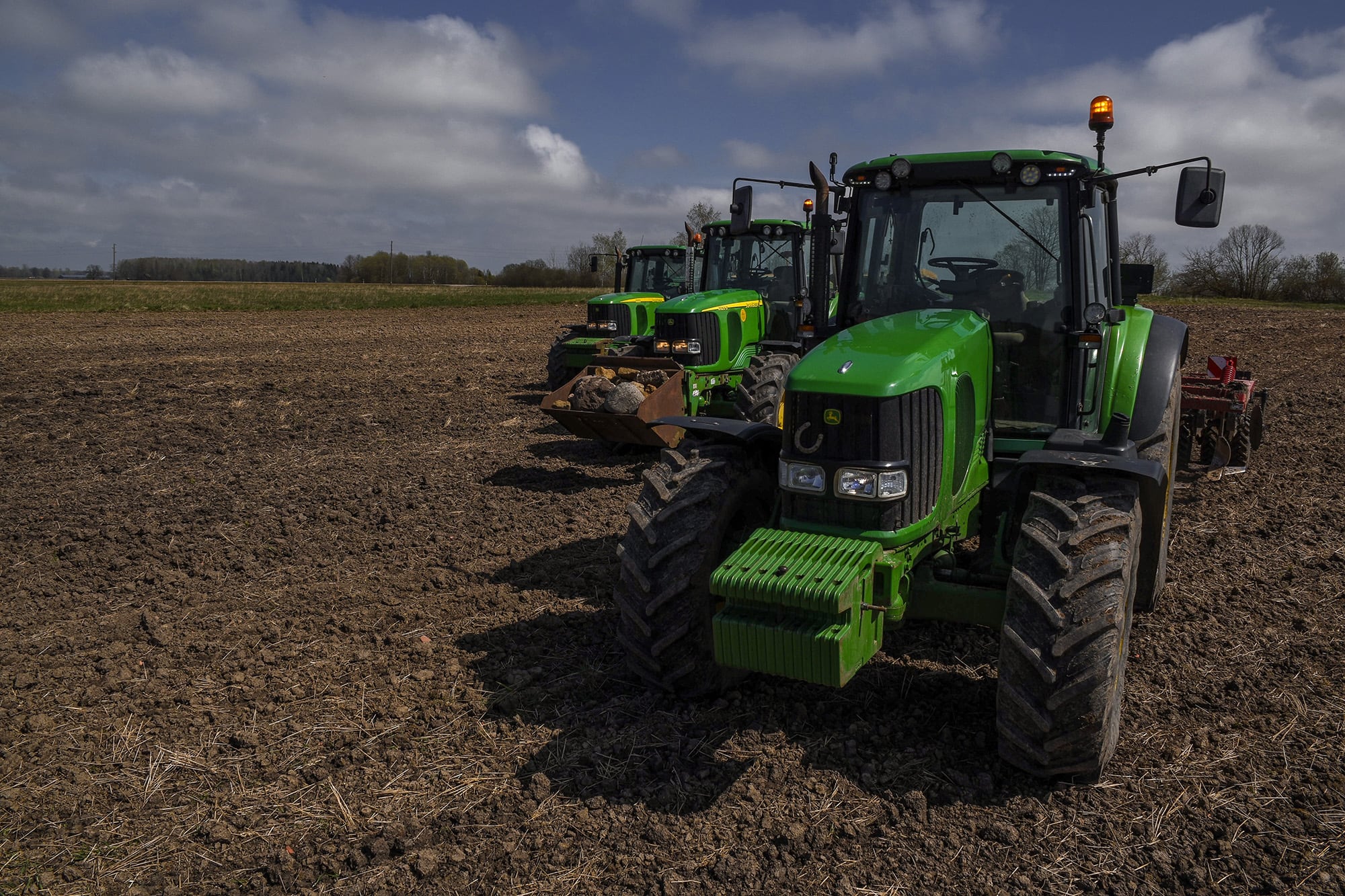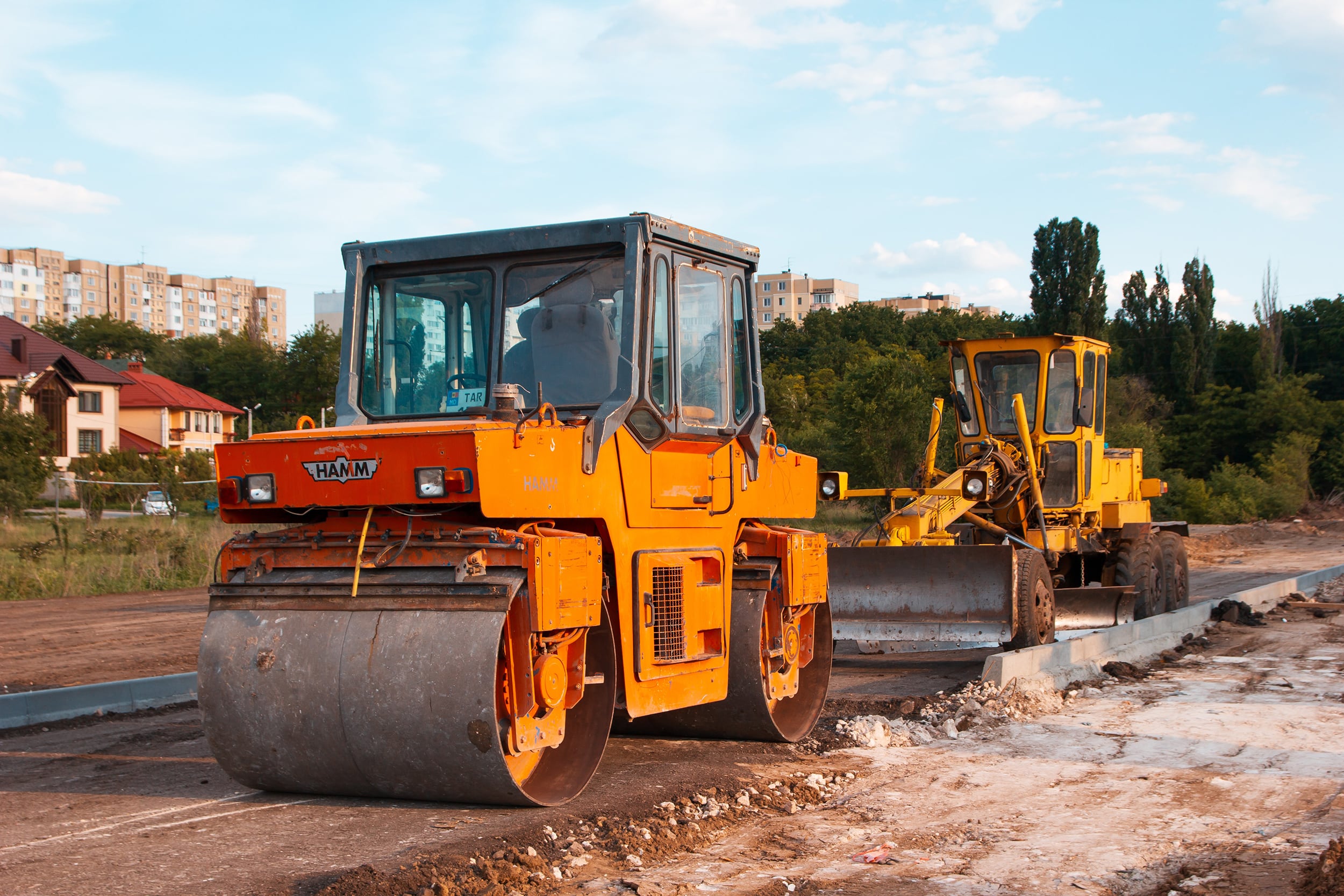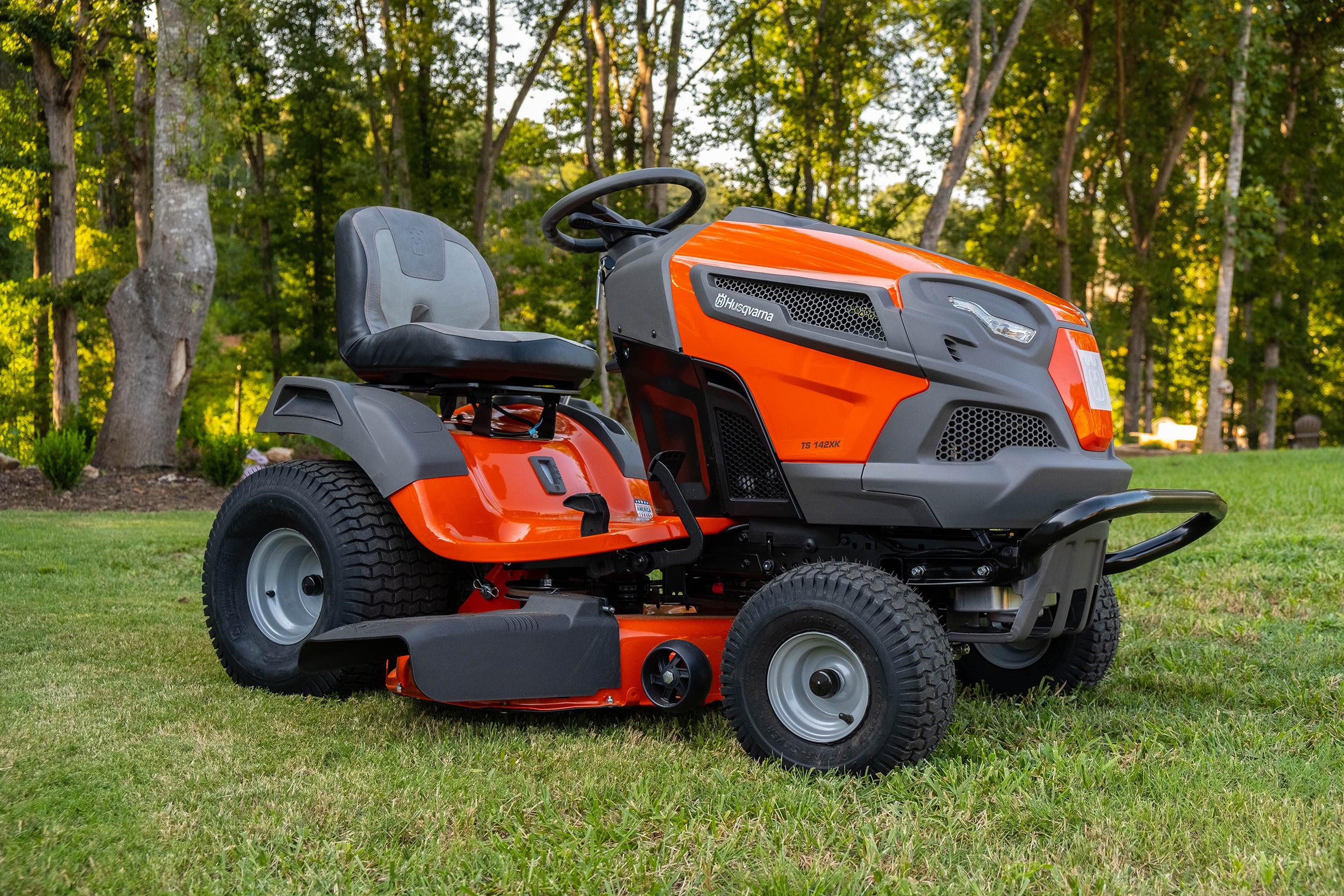How to Remove a Broken Grease Fitting? Simple Steps for Success

Grease fittings, also known as lubrication fittings, serve as an integral part of many mechanical systems. Providing a portal to add lubricants to machines effortlessly, their role is critical in ensuring a smooth running of operations and reducing friction among moving parts.
But, like all components, they are susceptible to breakage, which can cause operational disruption. When faced with a broken grease fitting, one needs to understand how to remove it safely and efficiently to maintain the machine’s performance.
Understanding What Causes Grease Fitting Breakage
Several factors can lead to grease fitting breakage. First and foremost, wear and tear could be the culprit, especially in heavily used or older machines. Over time, the constant pressure and friction can weaken the fittings, leading to failure.
Improper usage is another common reason behind a broken grease fitting. For instance, if the wrong size of a grease gun is used or the grease fitting is not attached correctly, it could strain the fitting and cause it to break. Also, accidental physical damage can occur when machines or fittings are mishandled or bumped into, causing the grease fittings to crack or shatter.
Regardless of the cause, when a grease fitting becomes broken, it’s crucial to know how to remove it safely and properly. This helps in ensuring the continuity of your machine’s operation and preventing further damage.
Tools Needed for Removing a Broken Grease Fitting
Having the right tools at hand can make the process of removing a broken grease fitting faster and safer. Here’s what you’ll need:
- Grease Fitting Removal Tool: This specific tool is designed to remove grease fittings effortlessly. It works by latching to the broken fitting and enabling you to remove it without causing further damage.
- Wrench or Pliers: If the grease fitting is not overly damaged or stuck, you may be able to remove it using a wrench or pair of pliers.
- Hammer: Sometimes, a hammer can be used (with caution!) to lightly tap and loosen the broken fitting.
- Extractor Kit: Also referred to as a screw or bolt extractor. It’s perfect for those situations when the grease fitting is severely damaged or overly tight.
- Safety Glasses: Safety should always be the priority. Wearing safety glasses can protect your eyes from any debris during the removal process.
Mastering the process of removing a broken grease fitting is a valuable skill for anyone involved in machine maintenance, ensuring that minor setbacks don’t turn into major operational issues. Preparation and understanding are your best friends in this process.
AirTec Grease: Li400 Extreme Duty Grease
Li400 is the flagship grease from AirTec. Thickened with Lithium complex and reinforced with AirTec/Wagner Micro Ceramic Li400’s performance under extreme temperatures and pressures puts it in a class of its own.
shop nowSafety Precautions Before Starting
Ensuring safety is paramount in any task, particularly when working with mechanical equipment.

Here are some precautions you should take before you embark on removing a broken grease fitting:
- Wear Safety Glasses: Always put on safety glasses to protect your eyes from potential debris during the removal process. Bits of metal could fly out unexpectedly and cause injury.
- Cutoff Power Supply: Make sure that the machine or equipment is turned off and disconnected from any power source. This can prevent accidental activations, leading to possible harm.
- Clear the Working Area: Clean the surrounding areas to create a safer environment for you to work. This will remove any potential tripping hazards, and also enables easier access to the area where the grease fitting is located.
Step-by-Step Guide on Removing a Broken Grease Fitting
Here’s a step-by-step guide you can follow:
1. Locating the Broken Grease Fitting
Before you begin, you must determine the location of the broken grease fitting. This might seem obvious, but in many mechanical systems, there are often multiple grease fittings, depending on your settings, so make sure you’ve correctly identified the problematic one.
It will typically look different from the others, either cracked, split, or unable to accept grease.
2. Preparation
Once the broken grease fitting has been located, the next step is to prepare it for removal:
- Clean the area around the grease fitting. Use a rag or brush to clear away any grease or debris; this will prevent it from entering the opening once the fitting is removed.
- If possible, spray the area with a penetrating oil or a solution like WD-40. This will help to loosen the fitting and make it easier to remove.
Lube-Shuttle®: Pistol Grip Grease Gun
No mess, no waste, no headaches. Lubricate tools and machinery with this grease gun. Air-Tec Lube-Shuttle® Pistol Grip Grease Guns are made of the highest quality steel tubes with corrosion-resistant zinc plating designed for Lube-Shuttle® System-Cartridges and feature an ergonomically designed pistol grip.
shop now3. Removal Process
Follow these steps for the removal of the grease fitting:
- If the fitting isn’t severely damaged, try to remove it using a wrench or pliers. Position the tool on the fitting and gently apply pressure to turn it counter-clockwise (when viewed from the top).
- If the fitting is damaged or stuck, use a grease fitting removal tool or an extractor kit. It’s designed to latch onto the fitting, allowing for a safer and cleaner removal process.
- If the fitting is still stubborn, you may need to apply heat to the surrounding area. This will expand the metal and make the fitting easier to remove. Note: This should only be done if you’re comfortable with the process and if the machine can tolerate it.
4. Inspecting the Thread
After the broken grease fitting is detached:
- Inspect the thread in which the fitting was screwed. Make sure there’s no damage or debris left behind.
- Run a thread chaser through the hole to clean and restore the threads, ensuring that the new fitting will install smoothly.
By following these steps carefully, you should be able to successfully remove a broken grease fitting and prepare the threading for a new fitting, ensuring the longevity, quality and efficiency of your equipment.
You can also watch this video on how to fix a broken grease fitting:
Installing a New Grease Fitting
After removing a broken grease fitting, the next step is to install a new one. But first, you need to ensure that you’ve got the right replacement. There are various sizes and types of grease fittings, and using the wrong one could pose problems down the line. Here’s how you should proceed:
- Identify the Correct Size: The new grease fitting should match the same thread size as the old one. If you’re unsure, consult the machine’s user manual or check for product specifications online. Manufacturers usually list the size and type of grease fitting required for each part of the machine.
- Choose the Right Type: Grease fittings come in different types, including straight, 45-degree, and 90-degree. The type you need is determined by how accessible the fitting is and the angle at which the grease gun will need to approach it.
Once you have the correct grease fitting, it’s time to install it.
- Thread the Grease Fitting: Line up the threads of the new fitting with those in the hole and gently turn it clockwise (when viewed from the top) by hand. This initial hand-threading ensures that the fitting is aligned correctly and prevents cross-threading.
- Tighten the Fitting: Once hand-tight, use a wrench to further tighten the fitting. However, avoid overtightening as it could damage the fitting or the threads in the hole.
- Test the Fitting: After the new fitting is installed, test it to ensure that it’s functioning correctly. Attach the grease gun and give it a few pumps. You should see grease emerging from the sides of the fitting, indicating that it’s correctly installed and working as it should.
Lube-Shuttle®: Lever Handle Grease Gun
Lever Handle Air-Tec Lube-Shuttle® Grease Guns are made of the highest quality steel tubes with corrosion-resistant zinc plating.
shop nowConclusion
Grease fittings play an essential role in maintaining the longevity and efficiency of machinery by ensuring proper lubrication. Understanding how to correctly remove a broken grease fitting and install a new one is a valuable skill for any individual working in a mechanical operation setting. It not only enables quick rectification of issues but also prevents minor predicaments from escalating into major setbacks.
This guide has equipped you with a comprehensive step-by-step process to safely remove a broken grease fitting and replace it with a new one.
Remember that regular inspection and maintenance of your machine’s grease fittings will help prevent unnecessary breakages, keeping your operations running smoothly. By mastering these skills, you reduce downtime, save on costly repair bills and ultimately ensure the longevity of your equipment.
FAQs
How do you change a grease fitting?
To change a grease fitting, remove the existing fitting with a wrench or suitable removal tool. Clean the area around the hole and inspect the threads for damage, using a thread chaser if needed. Obtain the correct size and type of grease fitting for your machine and hand-thread it into the hole. Tighten the fitting with a wrench, but avoid overtightening. Test the new fitting with a grease gun to ensure it works properly.
How do you remove a stuck grease fitting?
To remove a stuck grease fitting, begin by cleaning the area around the fitting to remove any grease or debris. Then, apply a penetrating oil or a solution like WD-40 to help loosen the fitting. Next, use pliers or a wrench to gently turn the fitting counter-clockwise. If it remains stuck, consider using a dedicated grease fitting removal tool or an extractor kit, which latches onto the fitting for a safer extraction.
How do you release pressure from grease fittings?
Releasing pressure from grease fittings involves attaching the grease gun to the fitting and pumping it slowly until grease emerges from the sides. If the pressure seems excessive, push the relief valve found on most grease guns to release the pressure.
How do you use a Zerk extractor?
A Zerk extractor is designed to remove stubborn or damaged grease fittings. To use one, clean the area around the fitting, attach the extractor to the fitting’s head, and tighten the extractor’s nut snugly. Continue turning the extractor’s nut counter-clockwise to pull the grease fitting out of its hole.
How do you use a grease fitting unblocker?
To use a grease fitting unblocker, align the unblocker with the clogged fitting and attach it as you would with a grease gun. Tap the unblocker with a hammer to drive the pin through the fitting, breaking up any blockages. Retest the fitting with a grease gun and repeat the process if necessary.
Are grease fittings self-tapping?
Some grease fittings are self-tapping, meaning they create their own threads when installed without a separate tap. Self-tapping fittings often have a tapered design and create a perfect seal with the machine’s hole. Always consult your machine’s user manual or specification sheet to determine the recommended type of grease fitting tool used.













